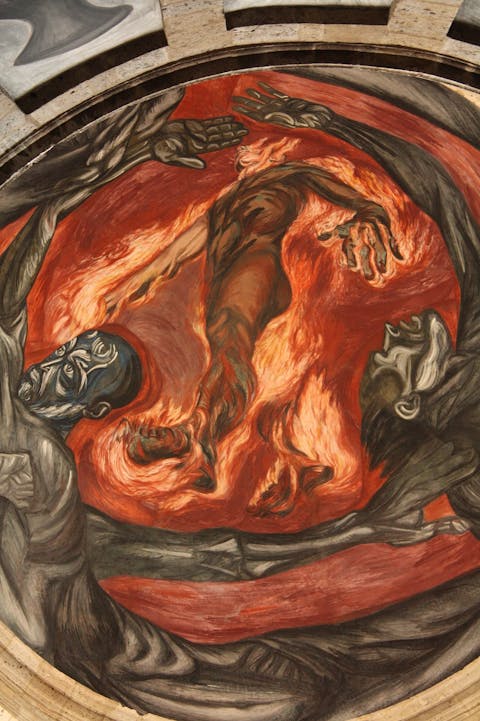Learn About Latin and South American Art
As the world becomes increasingly interconnected and globalized, interest in the non-Eurocentric art sector has flourished in recent decades.
Mexican street art
Latin art is one such niche in the market that has seen a remarkable amount of growth as a sought after genre. For much of the 20th century in America, much of Latin art was excluded and disregarded from circles and conversations of fine art as being separate from and lesser than white American art. However today, as the percentage of Spanish speaking people living in the U.S continues to rise, Latin art could not be more relevant and undeniably interconnected with American culture. Luckily more and more people are beginning to recognize this and include such artwork in discussions of great masters of art throughout history.
What does Latin art refer to?
The term Latin America has complicated implications, as it is largely rooted in the colonial era. Referring to countries in the Americas whose national languages derive from Latin, it defines a wide variety of cultures that were introduced and often forced to adopt these languages by European colonizers. However this label was not initially coined until the 19th century, when French engineer Michel Chevalier and Argentenian jurist Carlos Calvo used it to differentiate these people from Anglo-Saxon North Americans. However during the 20th century, it was widely adopted by South American, Central American, Mesoamerican, and Caribbean countries that wished to define their cultural identities as being individual from the U.S.
Historical roots and traditions
Latin American regional cultures have existed for thousands of years longer than the first European man ever set foot in The New World. In accordance with this fact, many longstanding, deep seated cultural traditions of art and craftsmanship exist across the Americas, ranging from weaving, pottery, carved sculpture, and so on. Much of these earlier forms of art and their histories are what largely comprise of a collective Latin American visual culture that exists and influences contemporary artwork to this day. Many artists draw from this framework of tradition today in order to speak on subjects of cultural identity and history.

The formation of an artistic identity
Following European colonization of these areas, Latin America would see many unprecedented changes and issues within their political spheres, including the independence movements of the 19th century, and social upheaval during the 20th century. Naturally, in order to contend with this turmoil, artists began to reflect their struggles and ideals regarding these matters in their work. While many Latin American artists adopted technical and stylistic aspects of European and Anglo-American art, their subject matter and inspirations modified the overall visual and ideological effect in order to express their own unique struggles and experiences as a culture. Artists drew from their history, their religion, music, storytelling, political surroundings, and imaginations to inform their work as distinctly Latin American.
"Whether their work refers directly to visually recognizable aspects of Latin America, or merely bares an indirect influences that come with the experience of being of Latin heritage, these artists are interconnected through their cultural identities. "
The 20th century
Even facing the fact that Latin art was underappreciated by high standing members of the worldwide art community during this time, the 20th century can widely be considered as a golden age for the emergence of great Latin artists. It is during this period that artists such as Frieda Kahlo, Diego Rivera, Jose Clementé Orozco, Fernando Botero, and Jean-Michel Basquiat first made their way onto the scene. Each of these artists dealt with their own unique subject matter, influences, and inspirations, but they remain united in the fact that their work has roots in the similarities between their respective countries of origin that result from the cultural implications of being colonized in the past. Whether their work refers directly to visually recognizable aspects of Latin America, or merely bares an indirect influences that come with the experience of being of Latin heritage, these artists are interconnected through their cultural identities.
The rise of Latin American art today
Today Latin art has enjoyed great success amongst the world of fine art, as people across the globe have come to recognize and acknowledge the undeniable cultural and artistic value of what is has to offer. Latin artists like Rivera and Kahlo are now household names, and recent decades have seen the market for Latin art increase exponentially. When one looks at such artwork, and furthermore takes the time to understand it, it is easy to understand why Latin art is such a favorite amongst collectors across the world today.

